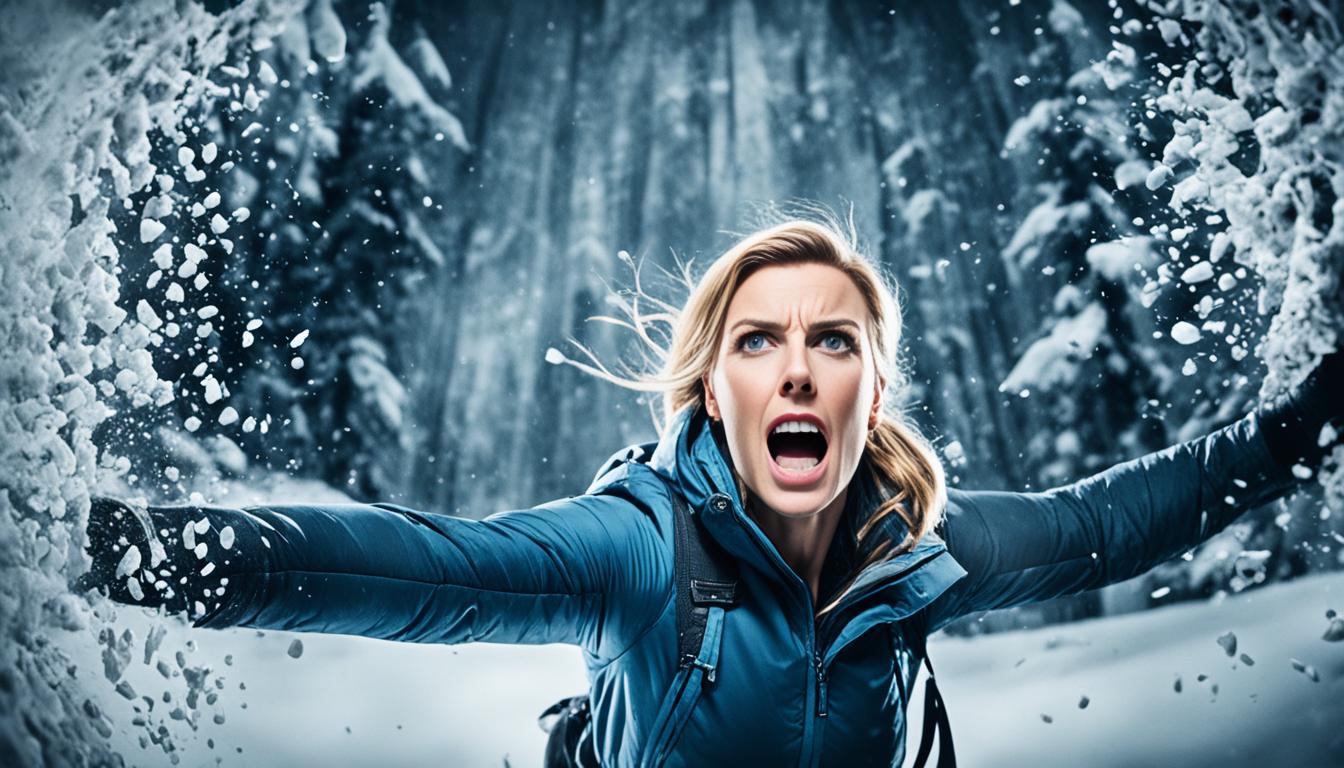We’ve all been there during a photo shoot. The light is getting low. We’re faced with a choice: stick with a low ISO or brave the higher, noisier settings. Using high ISO settings seems scary, but today’s cameras have made it much easier to handle noise. No longer do we worry when using an ISO above 400. Now, we have tips for shooting in low light without a tripod, thanks to modern camera technology.
Camera technology has improved a lot. Now, we can reduce noise in high ISO photos. Using a prime lens with a wide aperture, along with our noise reduction techniques, lets us keep our images clear. This is true even in low light. We encourage you to test your camera’s settings and learn with us. Together, we can master capturing sharp images, no matter the lighting.
Key Takeaways
- Today’s cameras handle high ISO much better, producing cleaner images even at higher sensitivities.
- Using a prime lens with a larger aperture can greatly reduce the need for extremely high ISO settings.
- High ISO shooting tips are essential for capturing sharp images in dimly lit environments.
- Experimenting with your camera’s ISO settings can help you become comfortable with higher ISO values.
- Noise reduction techniques are key to preserving image quality while pushing ISO limits.
- Training ourselves to minimize noise in high ISO images empowers us to shoot confidently under any lighting condition.
Understanding the Basics of High ISO and Noise in Photography
In the world of digital photography, knowing how to shoot in low light is key. It’s important to understand how ISO settings affect noise in your images. First, let’s explain ISO in this digital age.
Defining ISO in Digital Photography
ISO shows your camera sensor’s light sensitivity. A higher ISO means more sensitivity. This is crucial for shooting in dim light or when you need a fast shutter speed. This helps avoid using a flash.
Common Misconceptions About High ISO
Some think high ISO ruins photos with noise. However, a bit of noise doesn’t always harm. In fact, it can add mood and authenticity. It turns noise into an artistic choice for reducing noise in high ISO photography.
The Evolution of High ISO Performance in Modern Cameras
Today’s cameras do great at high ISO, much better than older ones. In the past, going over ISO 800 was risky. Now, we can push limits in low-light and be more creative. This change lets us explore more in all kinds of lighting.
| Old Digital Cameras | Modern Digital Cameras |
|---|---|
| Limited ISO utility beyond 800 | High ISO settings with less noise |
| Significant image noise | Maintained image quality, even with high ISO |
| Compromised clarity and detail in low light | Improved sensor technology for better low light photos |
Learning about high ISO and noise is enlightening. It makes us better photographers in low light. With this knowledge, we use best practices for shooting at high ISO effectively. It lets our creativity flourish.
Handling Noise: High ISO Shooting Tips
When exploring low-light photography, it’s crucial to know high ISO noise reduction strategies. This knowledge is key for top-notch photos in dim settings, like night markets or observing nocturnal wildlife. Embracing high sensitivity is vital, and thankfully, modern cameras handle high ISO settings better. They allow us to minimize noise in high ISO images very well.
Photographers work to find the perfect mix of ISO, shutter speed, and aperture. This combo is essential for noise management at high ISO. The aim is to capture the story we imagine with the right exposure. Even what used to be unwanted grain now adds character to our photos, thanks to how today’s cameras manage noise.
Learning and experimenting with our cameras show us how to push high ISO settings further. Every photographer goes through this, understanding and managing noise better with each experience. It’s about gaining confidence through knowledge and skills.
Now, let’s look at how modern cameras do with different high ISO settings:
| ISO Setting | Noise Appearance | Image Usability |
|---|---|---|
| ISO 1600 | Minimal, often imperceptible | Generally excellent for most applications |
| ISO 3200 | Noticeable when pixel peeping | Remains high, with judicious noise reduction |
| ISO 6400+ | Evident, but sometimes aesthetically pleasing | Good for certain artistic or journalistic requirements |
High ISO doesn’t always mean bad quality. Skilled photographers can use each setting to create captivating images. Mastering noise control involves careful observation and knowing your gear well. As we become more skilled, we start to see high ISO settings as beneficial tools in our creative work.
Practical Noise Reduction Techniques for High ISO Images
Taking pictures in low light is hard. We aim for clear shots without grain. With the right noise reduction techniques and camera use, we can make amazing images even with high ISOs. Let’s look at camera settings and editing tricks. This way, we can master high ISO noise reduction strategies.
Advanced Camera Settings to Control Noise
We start fighting noise with our camera’s settings. Today’s cameras have tools to combat the fuzziness from high ISOs. It’s key to test these settings. This helps keep our photos clear without losing details.

| Camera Model | Low-Light ISO Performance | In-Camera Noise Reduction | Detail Retention |
|---|---|---|---|
| Camera A | Excellent | Standard Setting | High |
| Camera B | Good | High Reduction | Medium |
| Camera C | Average | Low Reduction | Medium |
| Camera D | Poor | Off | Low |
Post-Processing Strategies for Noise Management at High ISO
After we take our low-light photos, it’s time to tweak them. With tools like Lightroom, we adjust noise and get sharper details. Editing is key for those who care about crisp shadows and lights.
When to Use In-Camera Noise Reduction vs. Post-Processing
In-camera noise reduction is quick but not always enough. Post-processing gives us more control. We decide how much detail to keep and how much noise to remove.
Knowing these noise reduction methods helps us control our photography, even in tough light. Whether out shooting or editing later, we’re sure about each photo we take, no matter the ISO.
Visual Storytelling: Embracing Grain as an Artistic Choice
We love to tell stories through our photos. Using grain is one way to add depth to our pictures. Grain in photography gives our images a texture that feels deep and emotional. When we use high ISO shooting tips, we mix light and shadow at high sensitivities. This makes our photos feel real and touchable, celebrating grain as art.
Photography is not just about being clear and precise. It’s about making people feel something. With artistic noise reduction techniques, we balance detail and soften digital noise. Sometimes, embracing grain means adding just the right amount to give our photos a unique signature. It can hint at an era or nod to classic, vintage charm.

Grain tells a story in our photos. Here’s how grain can impact different types of photography:
| Photographic Style | Role of Grain | Impact on Viewer |
|---|---|---|
| Street Photography | Adds a raw, unfiltered look | Heightens the realism and immediacy of the scene |
| Portrait Photography | Enhances the depth, adding a film-like quality | Infuses the portrait with character and a sense of timelessness |
| Abstract Photography | Grain becomes a part of the abstract forms and structures | Augments the mysterious or ethereal feel of the artwork |
| Landscape Photography | Contributes to the overall mood, especially in moody or overcast settings | Encourages the viewer to look closer and engage with the texture of nature |
In our journey, we’ve learned to love what we once avoided. Grain helps us tell powerful stories. It brings warmth and nostalgia or grit and realism to our work. Using high ISO shooting tips and artistic noise reduction techniques, we speak a visual language. It goes beyond sharp pixels, touching our shared human experiences.
Conclusion
We’ve learned that mastering low-light photography means seeing high ISO as a friend, not an enemy. Using modern cameras, we can take sharp pictures even in high ISO. We’ve seen that a little noise doesn’t ruin a photo. In fact, with the right touch, it adds to the story.
We now know some great tips for shooting at high ISO. We’ve learned that noise isn’t bad. It can actually be good. This knowledge lets us be more creative and react fast in any light. Photography is always evolving, giving us new ways to capture every moment, even in the dark.
Our journey as photographers is about more than capturing light. It’s about mastering the shadows too. This article has taught us to experiment and trust in our cameras and ourselves. Even at high ISO, we can find moments worth capturing. Noise isn’t a problem; it’s a chance to see life in a new light, especially when it’s dark.
FAQ
What is ISO in digital photography?
ISO shows how sensitive your camera’s sensor is to light. With digital photography, higher ISO settings make this sensitivity greater. This lets you take pictures in low light without needing long exposures or wide apertures. It helps keep pictures sharp and clear.
Are grainy images always a bad thing?
No, grainy images can be good too. Too much noise might not be wanted, but some grain can add feel, mood, or realness. Some photographers add grain on purpose to get a certain look or to bring back memories.
How have high ISO capabilities evolved in modern cameras?
Today’s cameras are much better at high ISO settings, giving clearer images at high sensitivities than before. This progress lets photographers capture low-light scenes while keeping images clear and detailed, with less noise.
What are some high ISO shooting tips to minimize noise?
To cut down noise at high ISO, get the exposure right first. Use the lowest ISO possible for a clear photo, and use noise reduction carefully. Also, compose shots to avoid very dark areas. Noise shows up more in shadows.
How can I reduce noise in high ISO images during post-processing?
When editing, use noise-reducing software and adjust sliders to find a balance. Shooting in RAW keeps more info and lets you reduce noise better during editing.
Should I use in-camera noise reduction or post-process my high ISO images?
Choosing between in-camera noise reduction and editing later depends on what you prefer. In-camera is easy but might blur details. Editing later gives more control over noise and detail. Try both to see which works best for you.
Can grain be embraced as an artistic choice?
Yes, grain can be an artistic choice. It adds texture, depth, and an old film look. It works well in black and white photos or to set a mood that touches the viewer emotionally.



